LegalTech Adoption in an AI-Enabled World
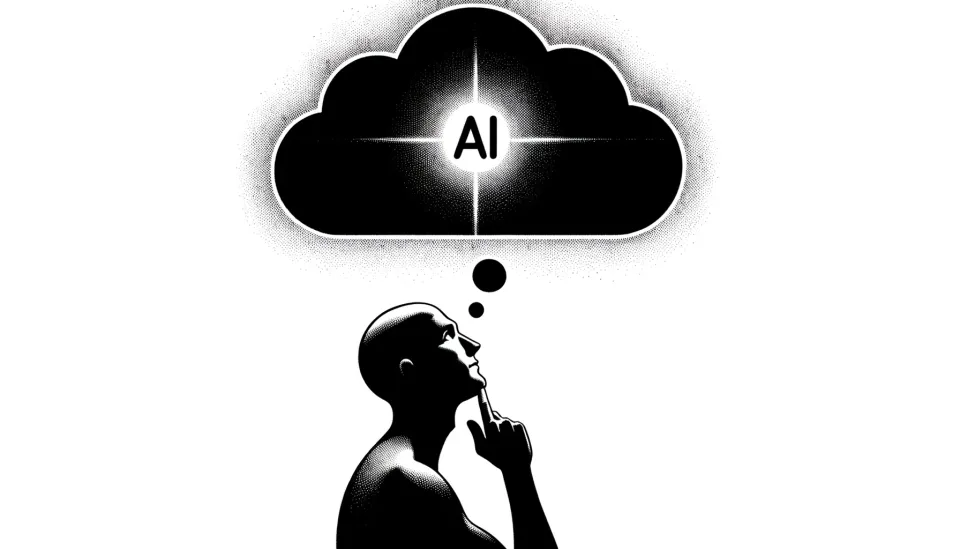
A little over 10,000 days ago, Bill Gates, while leading Microsoft, wrote a memo to his leadership team titled ‘The Internet Tidal Wave.’ In it, he forecasted the 20-year trajectory for Microsoft and the broader technological landscape:
“In the next 20 years the improvement in computer power will be outpaced by the exponential improvements in communications networks. The combination of these elements will have a fundamental impact on work, learning and play. Great software products will be crucial to delivering the benefits of these advances. Both the variety and volume of the software will increase.”
Decades later, we witness Gates’ vision being prescient as technology has profoundly reshaped our daily spheres. As we stand at another pivotal juncture, we must ponder: Is Generative AI poised to be the next transformative wave in how we approach our work?
According to a study titled “Building the AI-Powered Organization,” AI is projected to contribute $13 trillion to the global economy over the next decade. However, only 8% of businesses engage in core practices supporting widespread AI adoption, indicating a vast opportunity for leveraging large language models (LLMs).
AI algorithms have the potential to bolster human creativity. In “Reimagining Creativity and AI to Boost Enterprise Adoption,” the author argues that AI is not yet a stand-alone creator. Still, it assists humans in data creation, analysis, and creative processes. Large Language Models (LLMs) can enhance human creativity and productivity.
Moreover, technology may greatly impact decision-making and productivity within organizations. To achieve this, importance must be placed on having a data-friendly ecosystem with unified standards and cross-platform sharing. This could lead to LLMs performing real-time data analysis and extracting meaningful information from complex issues.
Leveraging large language models (LLMs) will revolutionize the future of work. Their power lies in what they can do and how they can change our relationship with data and apps. We are rapidly moving towards a world where we can ask questions of data and get fast, accurate responses.
Technology has evolved
Software development’s evolutionary trajectory is a testament to our unwavering commitment to progress and adaptability. A few decades past, creating a software prototype required herculean efforts, necessitating sizable teams and drawn-out timelines. Reflect upon the early days of Mozilla, the architects behind Firefox. These trailblazers of open-source browser technology laid the foundation for the future, even without the sophisticated tools and APIs we have today.
From Mozilla’s inception to its present stature, this journey highlights the breathtaking speed of technological progress and our escalating dependency on it. This path mirrors the visionary predictions of Bill Gates, emphasizing the fluidity and ever-evolving nature of the technological world.
The integration of APIs and advanced technological frameworks enhances today’s landscape. Tasks that once demanded years of dedication can now be realized in just a handful of days. Such expedited advancements, powered by AI, hold vast implications for sectors steeped in tradition, like law, which has always been deeply rooted in comprehensive research and thorough documentation.
Clayton Christensen’s insights in his work on the innovator’s dilemma shed light on the relationship between swift tech advancements and the potential for disruptive innovation. Innovators, whether established giants or agile newcomers, are not just leveraging technological breakthroughs. More importantly, they’re attuned to the shifts in user needs and expectations, curating revolutionary solutions centered on the user.
One of the striking features of our current tech landscape is the vibrancy and adaptability exhibited by established players across various sectors, law being a prime example. Traditionally, the flexibility to quickly pivot and adapt has been the hallmark of startups. These emerging entities, free from the weight of legacy systems, have historically been better equipped to embrace new technologies. Yet, the dynamics are changing with the advent of tools like APIs powered by LLMs. This transformational shift is leveling the playing field, with seasoned industry leaders showcasing a nimbleness reminiscent of startups. Such proactive shifts signal AI’s transformative capacity and the evolving paradigms in business innovation strategies.
Are we nearing the golden age of tech adoption?
As we enter what the author hopes is the golden age of software adoption, technological advancements stand as a beacon of promise and potential. Its strength is not confined merely to its extensive applications but resonates in its potential to meld seamlessly into existing professional routines.
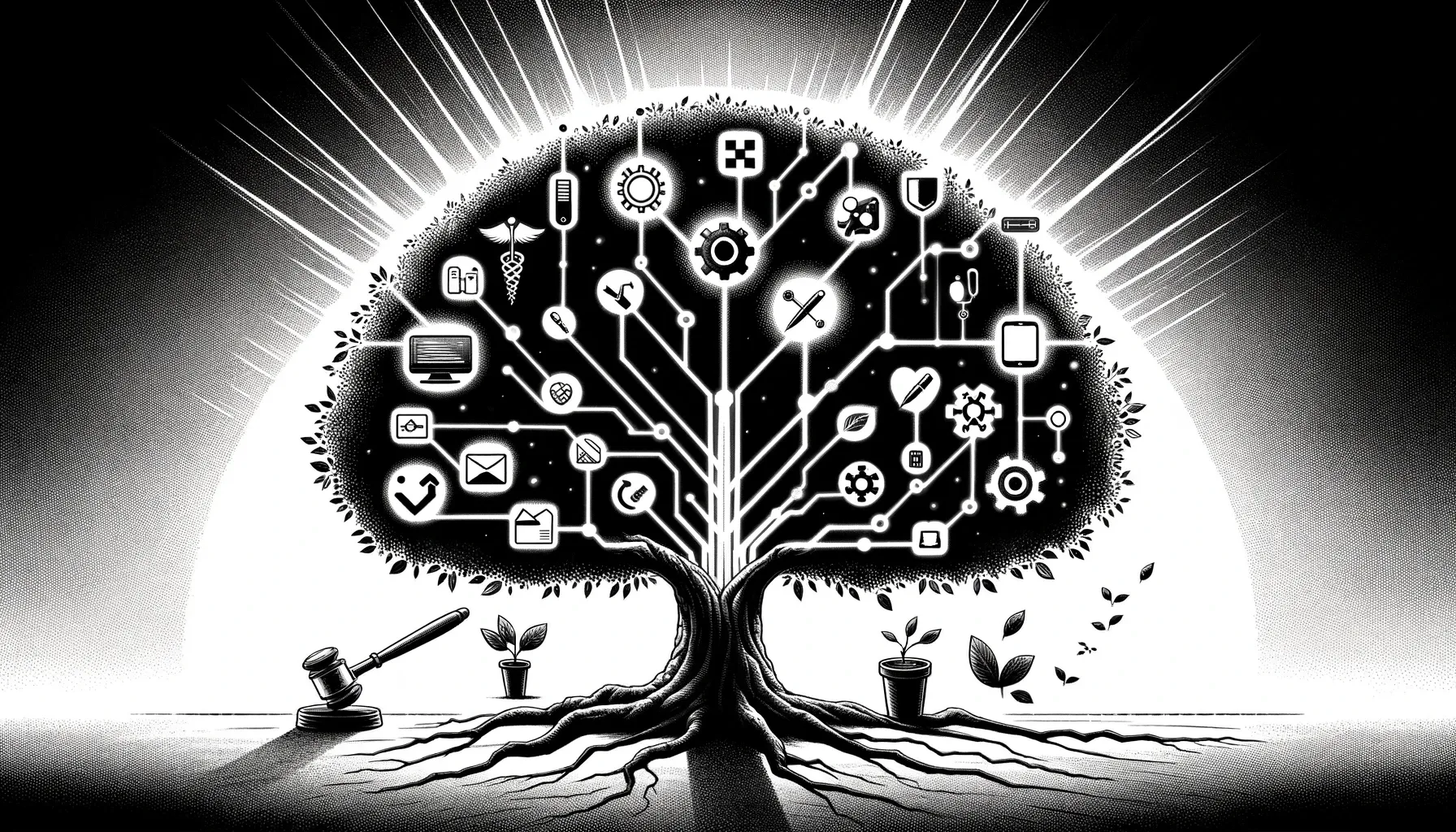
At the heart of these applications is a desire to make processes more intuitive and accessible. Beyond the transformative abilities of drafting, summarizing, or extracting pertinent information lies its capacity to naturally weave these capabilities into systems and platforms that legal professionals use daily. By infusing AI-driven functionalities directly within these recognized workflows, we’re supplementing, rather than upending, long-standing processes.
For instance, let’s consider the intricacies of legal project management. Leverage technology offers the potential to map out these processes, breaking down complex tasks and timelines into digestible, manageable components. Leveraging LLMs makes possible a digital assistant that checks, suggest, and even automates parts of the process. This democratizes project management, making it accessible to all, irrespective of their tech-savviness,familiarity with AI, or the principles of project management.
Moreover, Generative AI has the potential to breathe life into static knowledge repositories. Instead of merely archiving past work products, they evolve into dynamic resources. Legal professionals can refer to them, build upon them, and even generate “playbooks” that speed up the onboarding of newer team members or optimize repetitive workflows.
This fluid integration of AI contrasts starkly with past disruptive technologies. Rather than bulldozing established norms, Generative AI enriches them, building a bridge between now and the future. Through the lens of change management, this signifies smoother adoption paths. Professionals aren’t thrust into unfamiliar terrains; instead, they’re enhancing well-trodden trails with the amplified power of AI.
A key element here is fostering a deeper connection between users and the software, invoking what’s often dubbed the ‘Ikea effect.’ By granting users a role in shaping the tool, they feel a heightened sense of ownership and value toward the end product. They cherish not only the tool itself but also their contribution to its evolution. This symbiotic relationship promises a more organic adoption curve, setting the stage for a broader, more engaged integration in routine tasks.
Empathy in Innovation: Prioritizing Users in a Digital Age
As technological evolution unfolds with ever-increasing momentum, it offers both unprecedented opportunities and inherent challenges. The real yardstick of any innovation isn’t merely its ingenuity but its tangible impact, as evidenced by its widespread adoption across sectors. From boutique firms to expansive legal teams, a universal challenge emerges the daunting task of weaving novel technologies seamlessly into entrenched workflows.
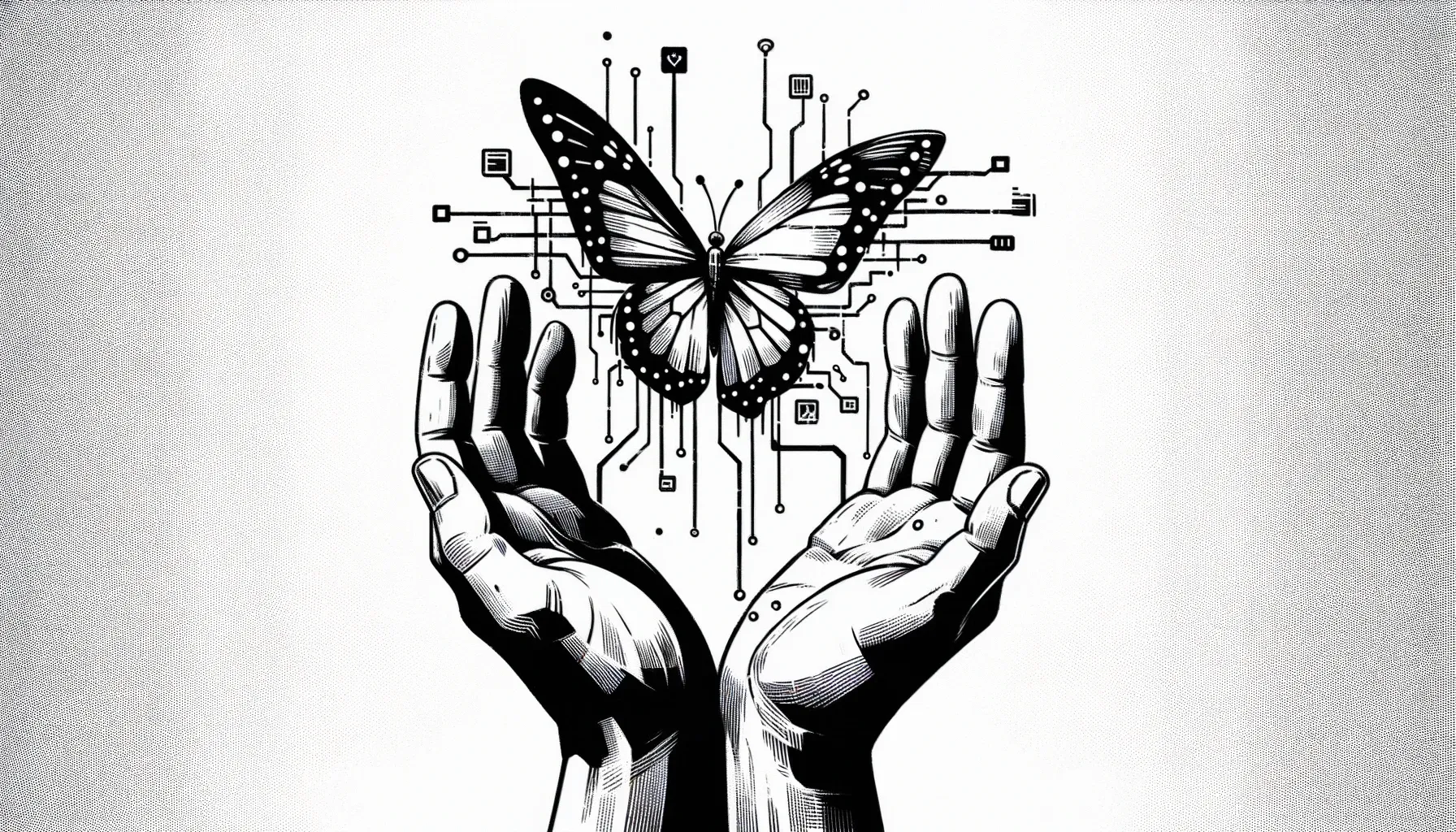
Yet, optimism lies ahead. While the depth and breadth of software and tools burgeon at a breakneck pace, there’s an equally fervent quest to demystify and simplify their user interfaces. This unique juxtaposition presents an advantageous dynamic: as technology becomes more potent, its accessibility and user-friendliness climb simultaneously. Picture it as a balance: while one end showcases soaring capabilities, the other steadily lowers barriers to entry.
Central to any technological revolution is its user-centric design. Empathetic design, which prioritizes understanding and catering to the end-user’s needs, is no longer an add-on but the core of innovation. By tailoring solutions to even the least tech-savvy user, the resulting products inevitably become universally intuitive. This focus on user experience minimizes resistance and propels widespread adoption.
Consider the evolution of smartphone interfaces. In their infancy, smartphones were often cumbersome and non-intuitive. However, based on constant user feedback and evolving needs, smartphone interfaces have been refined over time, making them more user-centric and intuitive. Today, they exemplify seamless design integration, where powerful capabilities lie behind intuitive gestures and simplified commands.
Envision a future where the complexity of a tool is hidden behind the simplicity of a voice prompt or a succinct query. Beyond mere convenience, this promises a transformation in professional routines and habits. As interactions with tools become more innate, they weave into our daily tasks, expanding the horizons of what’s achievable.
Human-AI Collaboration
The dialogue around AI often gets trapped in a limiting dichotomy: Is it here to usurp human roles or merely assist them? The more nuanced reality positions AI as a collaborator. It’s not just about automating tasks but about synergizing human expertise with AI’s computational might.
The era of software adoption we currently inhabit underscores this sentiment. As we seamlessly integrated previous technological leaps into our work processes, so must we adapt to the offerings of LLMs and Generative AI. For businesses and professionals, especially within the legal profession, this doesn’t mean blindly embracing every AI solution but rather selectively incorporating those that amplify human potential and reduce the barrier to entry.
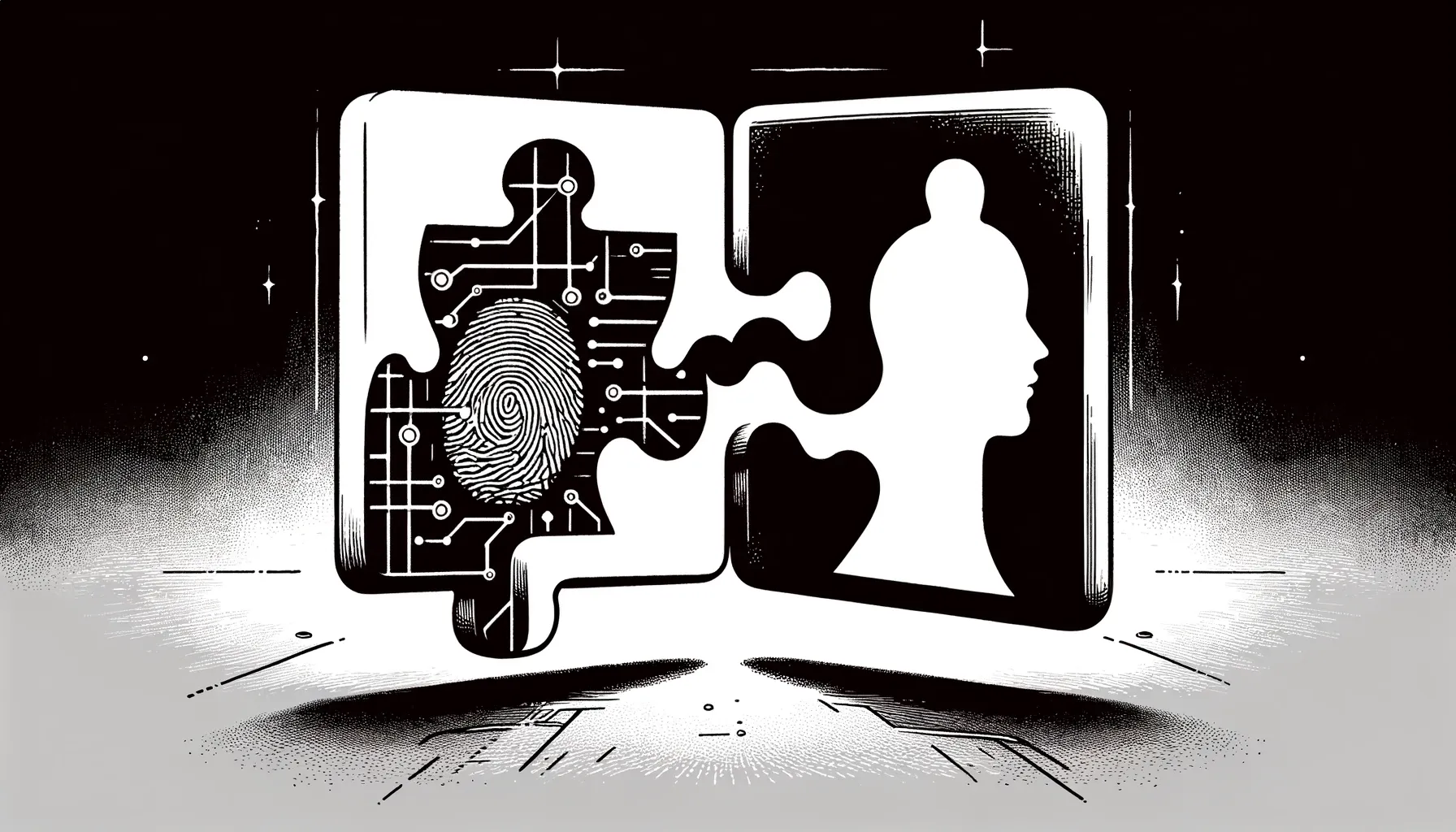
Over the next decade, as AI becomes even more interwoven with our routines, the value of human soft skills—like creativity, empathy, and judgment—will become even more pronounced. Automation can streamline tasks, reducing the mundane and repetitive, but the human touch adds depth, intuition, and value. For legal professionals, Generative AI might draft or review, but it’s their discernment and expertise that provide the critical context and judgment.
This AI-enhanced landscape necessitates a deeper consideration of the adoption process. Instead of viewing AI as a stand-alone solution, businesses should see it as a collaborative partner, with implementation strategies designed to foster this collaborative ethos. Adoption can be seamless and enriched by focusing on integration over replacement, training over imposition, and synergy over rivalry.
Yet, as with all technological transitions, caution and awareness remain paramount. While we integrate LLMs into our work processes, ethical considerations, data privacy concerns, and misuse potential must be at the forefront of our minds. The challenges and opportunities AI presents are two sides of the same coin, and how we navigate this balance will define the trajectory of our AI-augmented future.

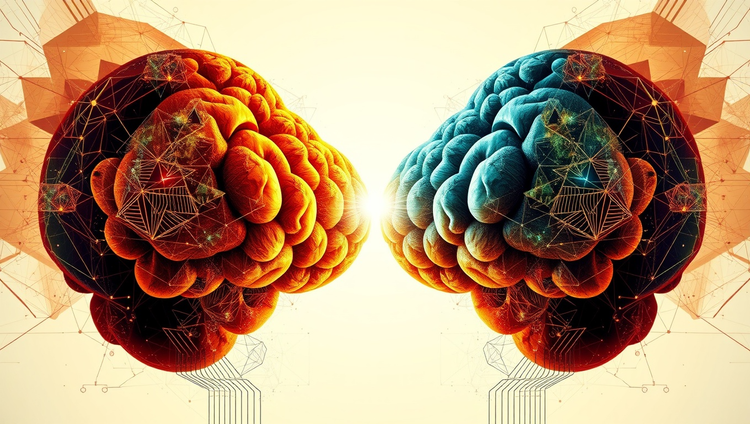

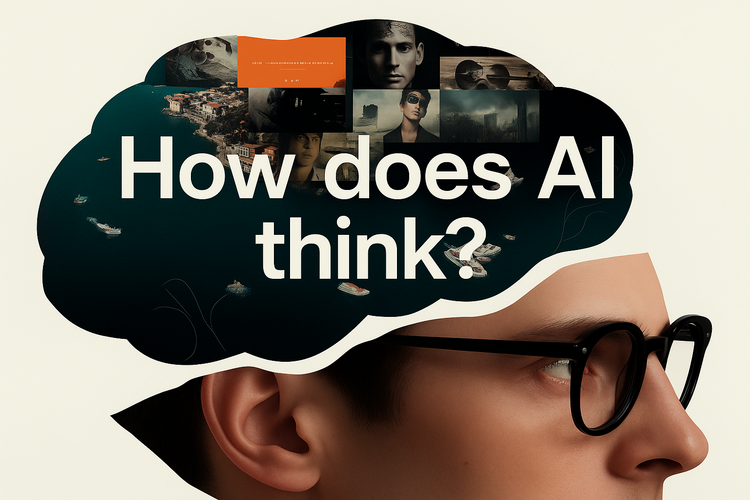


Become a Fringe Legal member
Sign in or become a Fringe Legal member to read and leave comments.
Just enter your email below to get a log in link.